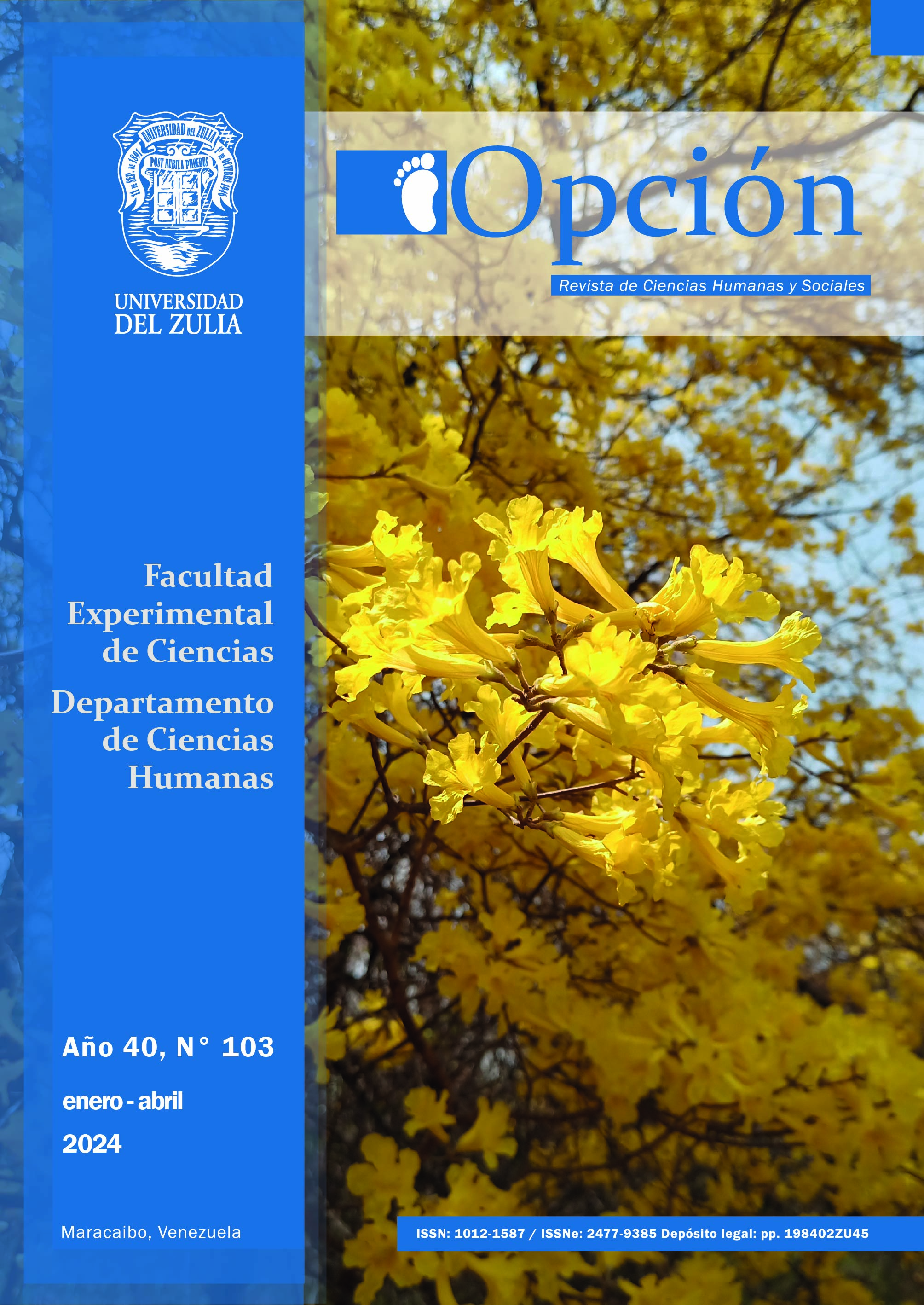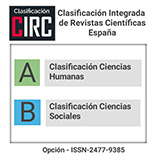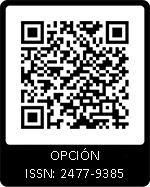Space, Power, and Identity: The Semiotic Cross as an Analytical Tool in Relocated Oil Communities
Space, Power, and Identity: The Semiotic Cross as an Analytical Tool in Relocated Oil Communities
Abstract
This article analyzes the relationships between space, power, and identity in the forced relocation process of the Pueblo Viejo community to Mene Grande, in the Valmore Rodríguez municipality, Zulia state, Venezuela, in 1966. Based on the analysis of oral testimonies, photographs, journalistic reviews, and the application of the semiotic square technique, it examines how spatial representations intertwine with power structures and identity configurations. The study shows that displacement involved not only a physical change but also a symbolic reconfiguration of the place, mediated by figures such as Arnoldo Struve and oil companies. The semiotic square allows visualizing tensions between positive and negative, local and external, highlighting how corporate power and individual action shape collective identity. The article contributes to studies on the anthropology of space and political culture in contexts of socio-environmental transformation.
References
Beriain, J. (1990). Representaciones colectivas y proyecto de modernidad (Vol. 8). Anthropos.
Bourdieu, P. (1988). La distinción: Criterios y bases sociales del gusto. Taurus. (Obra original publicada en 1979).
Cuché, D (1999). La noción de cultura en las ciencias sociales. Ediciones Nueva Visión
Durkheim, É. (1992). Las formas elementales de la vida religiosa (J. R. Ibáñez, Trad.). Akal. (Obra original publicada en 1912)
Geertz, C. (1973). The interpretation of cultures: Selected essays. Basic Books.
Gramsci, A. (1981). Cuadernos de la cárcel (Vols. 1–4). Ediciones Akal.
Lefebvre, H. (1991). The production of space (D. Nicholson-Smith, Trad.). Blackwell.
Quintero, R. (1978). Antropología del petróleo. Banco Central de Venezuela.
Scott, J. C. (2000). Domination and the arts of resistance: Hidden transcripts. Yale University Press.
Soja, E. (1989). Postmodern geographies: The reassertion of space in critical social theory. Verso.
Swartz, M. J., Turner, V. W., & Tuden, A. (Eds.). (1966). Political anthropology. Aldine Publishing Company.
Weber, M. (1968). Economy and society: An outline of interpretive sociology (G. Roth & C. Wittich, Eds. y Trans.). University of California Press. (Obra original publicada entre 1922 y 1924)
Williams, R. (1997). Cultura. Amorrortu.

























